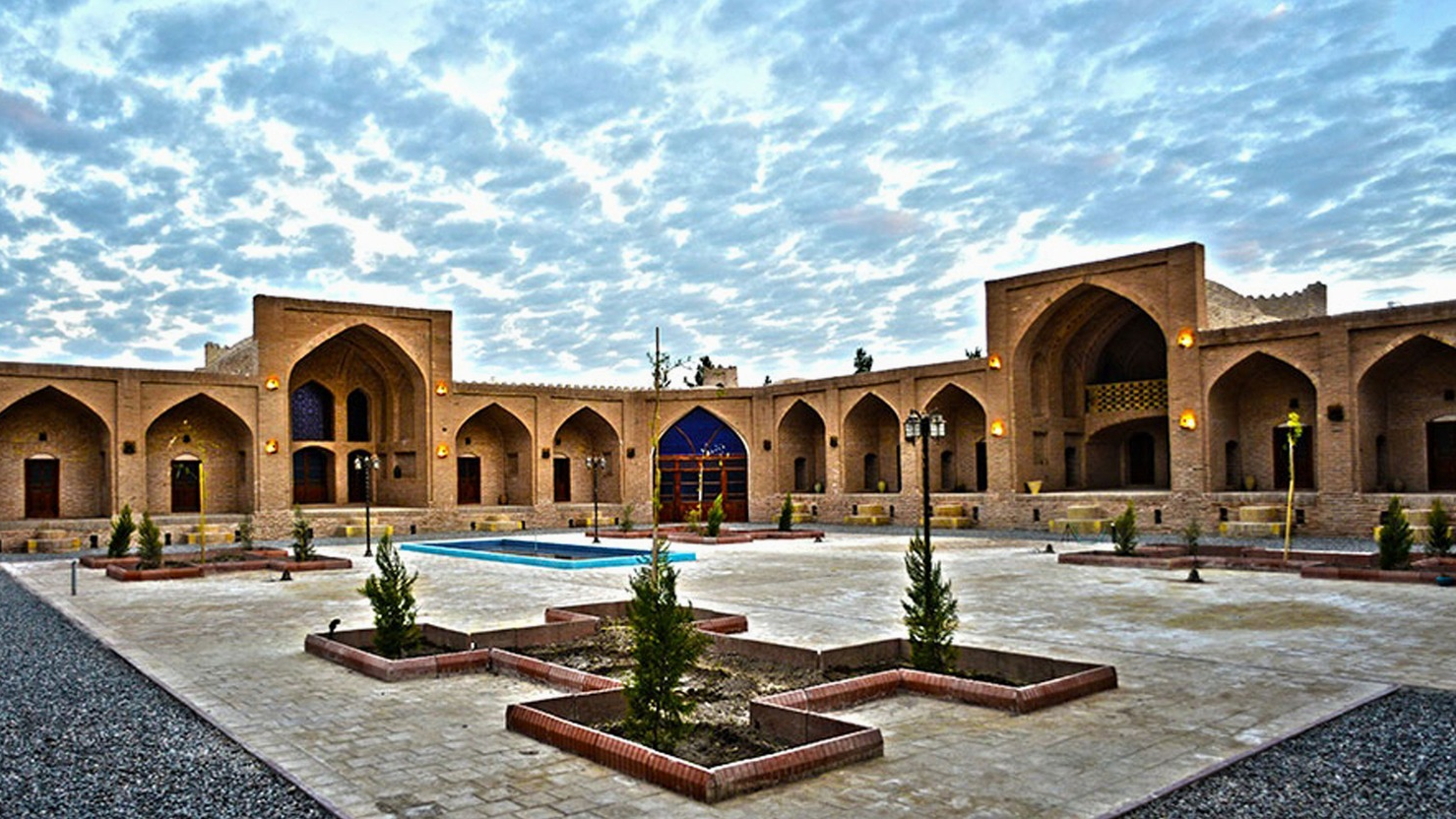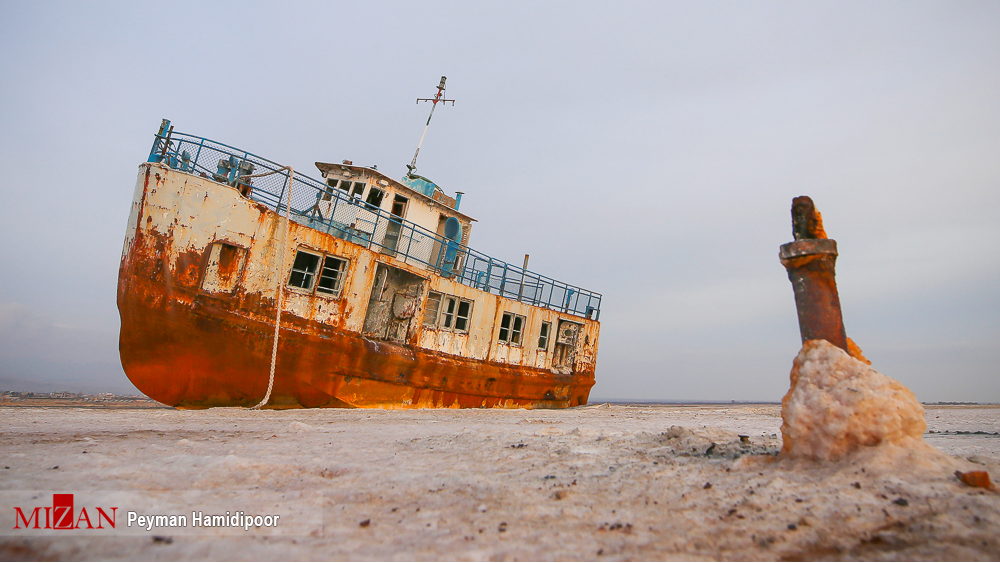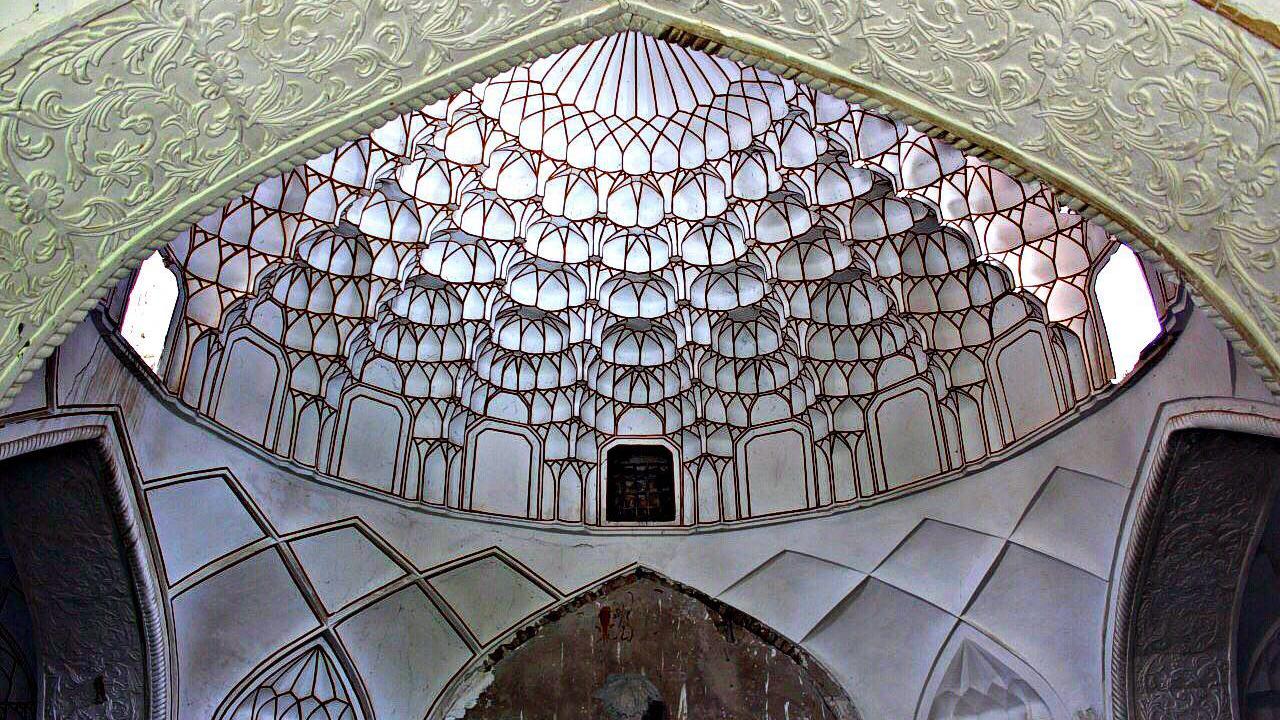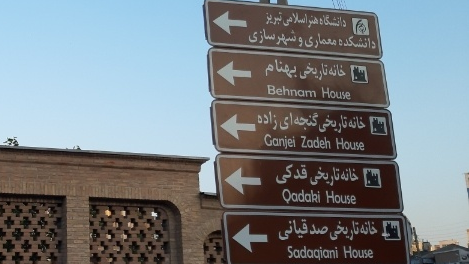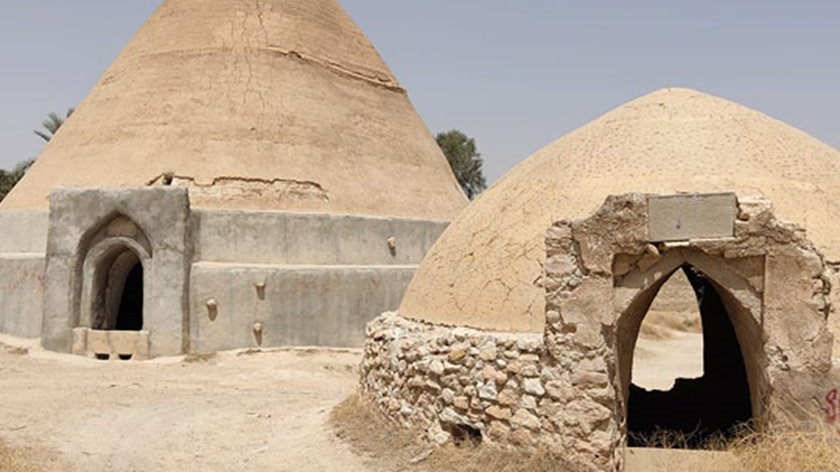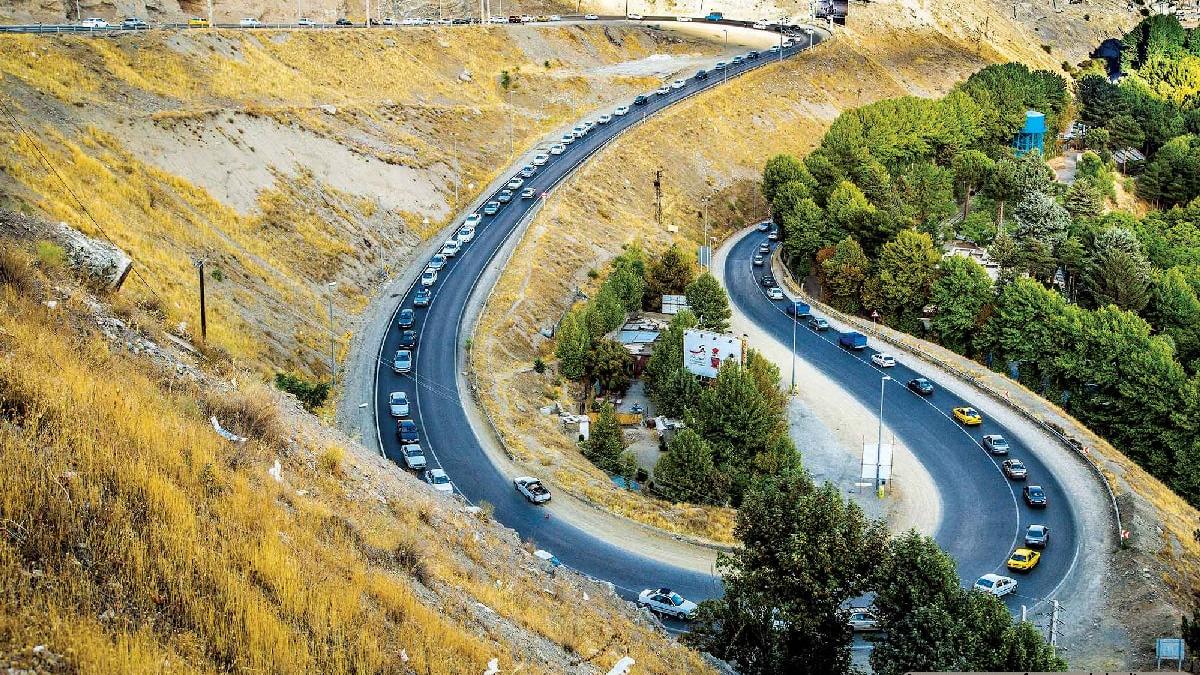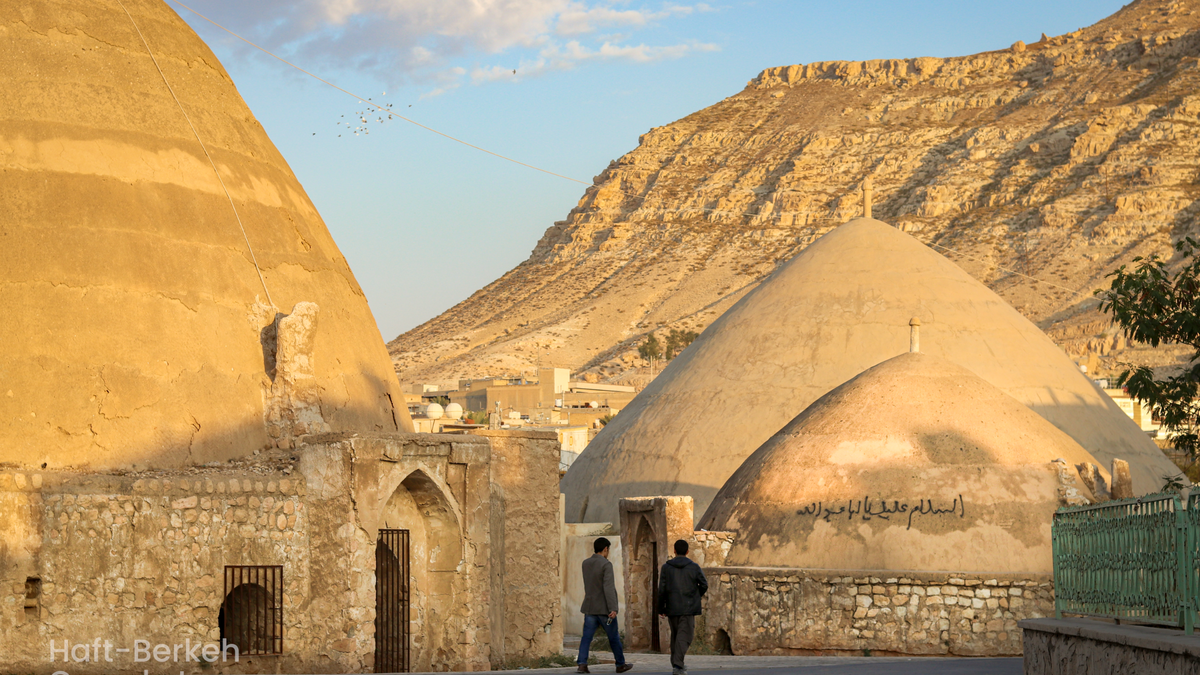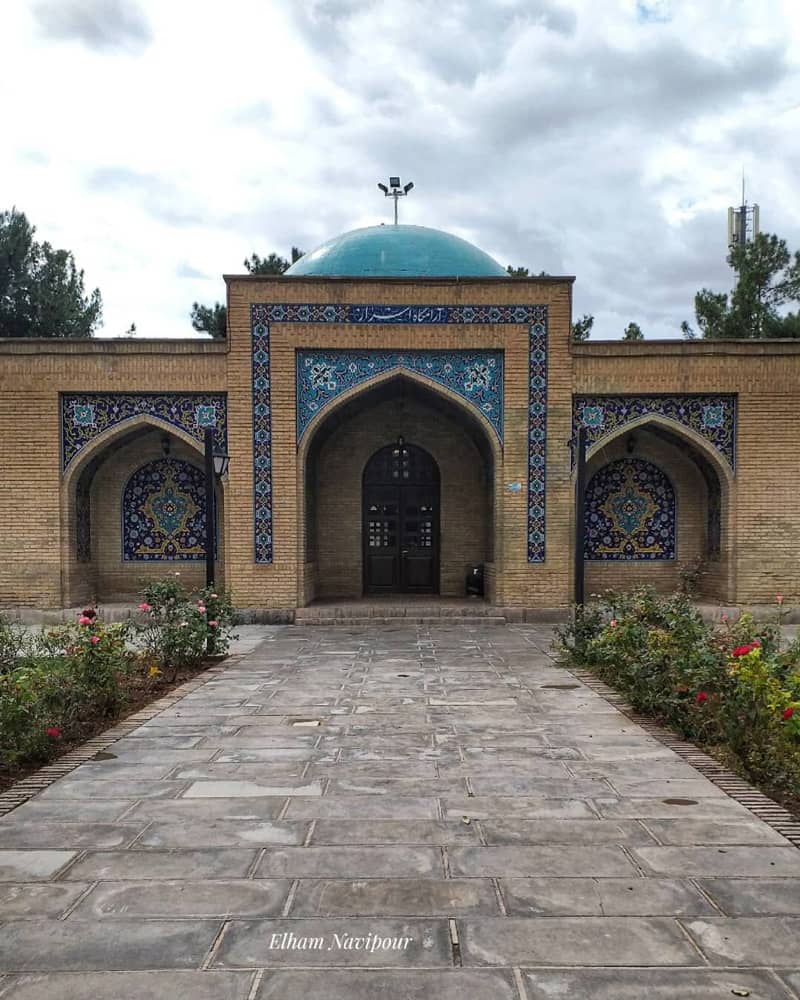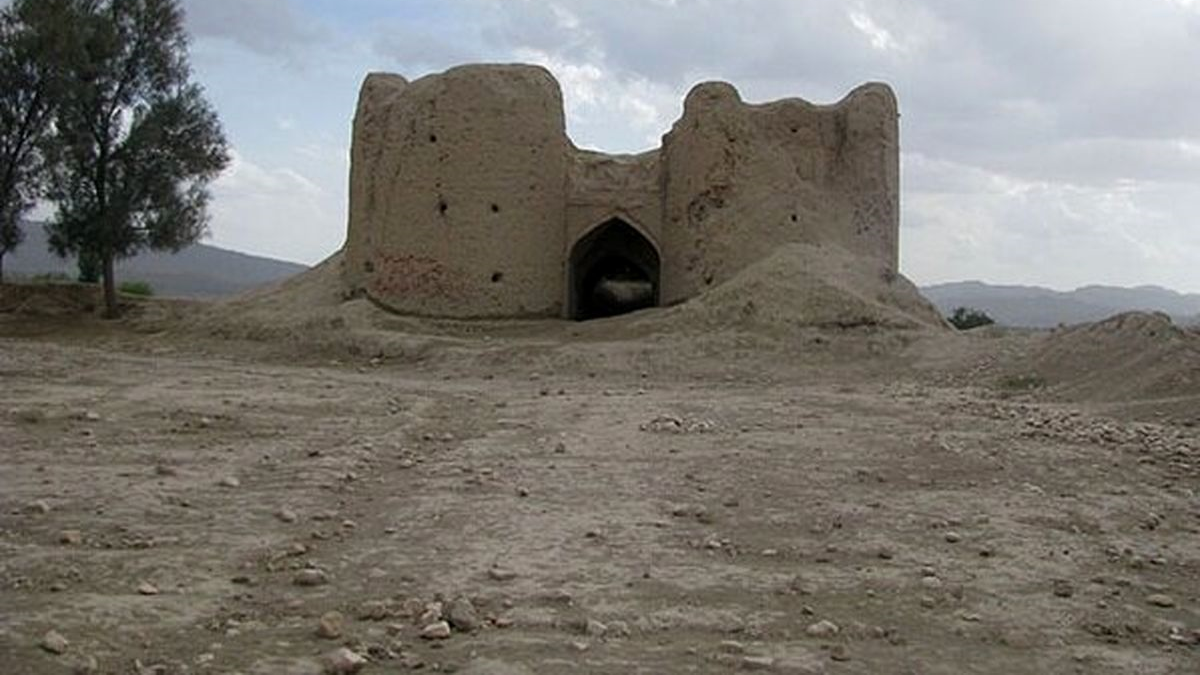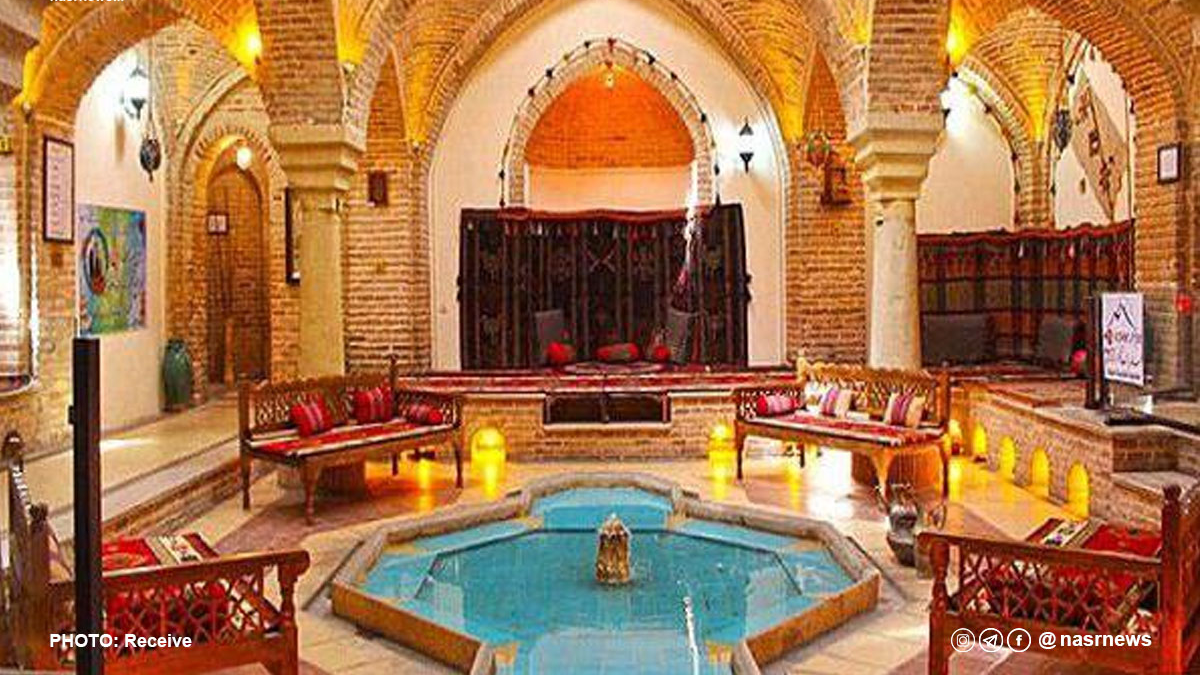
Khan Bathhouse of Yazd
In the absence of a piped water system, none of the houses, except those of the rulers and rich people, were equipped with private bathrooms, and, therefore, public bathhouses were established in every neighborhood that provided service to the people. Today, some of these historical bathhouses exist in different cities of Iran one of which is the Khan Bathhouse of Yazd located next to Mulla Esmail Mosque.
Features of the Khan Bathhouse of Yazd
The longevity of the Khan Bathhouse of Yazd dates back to the Qajar era (19th century). According to the inscription in this building, its construction was started by the order of Mohammad Taqi Khan Bafqi, the then governor of Yazd, and it was completed in 1833 AD. Mohammad Taghi Bafqi was the senior member of a family known as Khavanin of Yazd.
This bathhouse is also known as “Garmabeh Noor” and it is built on a land of 1170 square meters with a base of 900 square meters. 12 years after the construction of the building, this bathhouse was completely renovated and certain paintings were added to its walls.
Khan Bathhouse of Yazd was built comparatively at a lower level than the buildings around it to make it easier to get water into it. The walls and roof of this building were insulated in a special way to keep the environment warm, using the engineering knowledge of the time. The lower height of the bath compared to the surrounding buildings keeps it warm. In addition, it also increases the strength of the building and reduces the possibility of damage in case of earthquakes and landslides.
The proximity of this bathhouse to Khan Square, Kashigari and Tabrizian markets, Jame’ Mosque of Yazd, and Amir Chakhmaq Square is a special privilege that makes it possible for tourists to visit a collection of historical monuments, once in the area. The functionality of the Khan Bathhouse of Yazd has been changed since about 30 years ago and is now being used as a traditional restaurant.
The Architecture of Khan Bathhouse of Yazd
Khan Bathhouse of Yazd was considered a public bathhouse, therefore, there was no special emphasis on decorating it with any particular designs. Nevertheless, some decorations can be seen in different parts of it. Usually, due to the fact that there was a lot of humidity in a bathhouse, the best and highest quality materials and tile works were used in the construction of this bathhouse.
Like other old bathhouses, there were different parts including a changing room, a connecting corridor, a warm house, a mid-door, and khazineh (two hot and cold water tanks) in this bathhouse. In terms of space, the changing room was larger than the other parts of the bathhouse and had more decorations. There were some platforms in this part for sitting and changing clothes. A skylight had also been built in this section to provide the light it needs throughout the day.
The warm house was a place where people would wash themselves and it was connected to the changing area through the middle door. The presence of four rectangular columns in the warm house was to support the domed roof. An alcove connected the two hot and cold water tanks. Some paintings from the stories of Ferdowsi’s Shahnameh can be seen on the walls of the alcove.
Khan Bathhouse of Yazd was inscribed on the list of Iran’s national heritage in the year 1999 AD.
Khan Bathhouse of Yazd is a historical public bathhouse in the construction of which certain subtleties and interesting points have been observed in order to strengthen the building and increase its thermal efficiency.
| Name | Khan Bathhouse of Yazd |
| Country | Iran |
| State | Yazd |
| City | Yazd |
| Type | Historical |
| Registration | National |

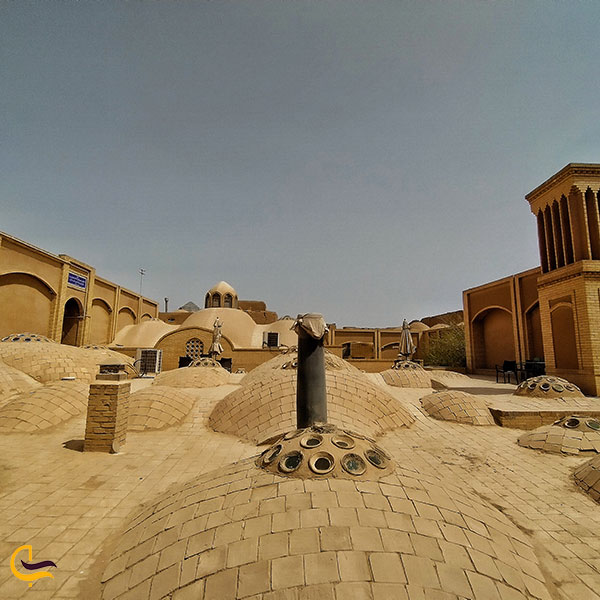
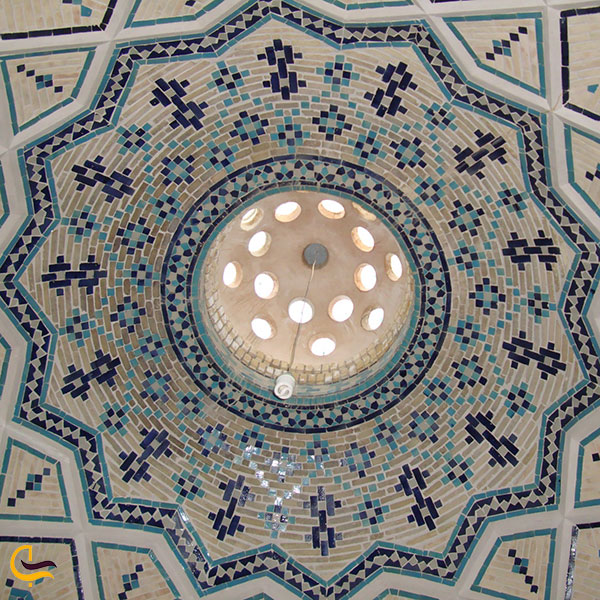
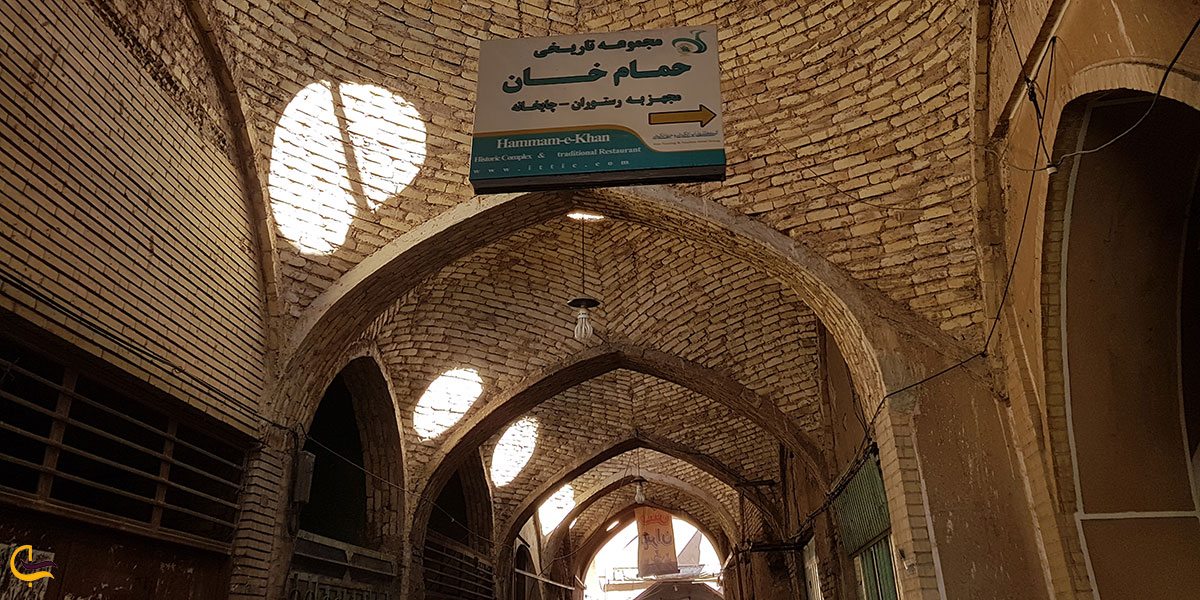




Choose blindless
Red blindless Green blindless Blue blindless Red hard to see Green hard to see Blue hard to see Monochrome Special MonochromeFont size change:
Change word spacing:
Change line height:
Change mouse type:
